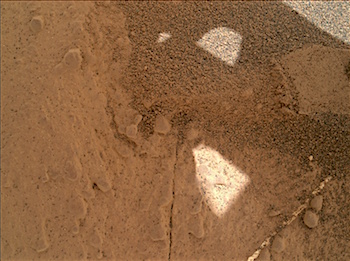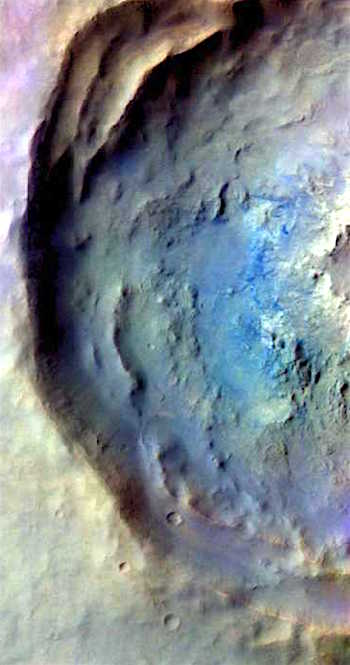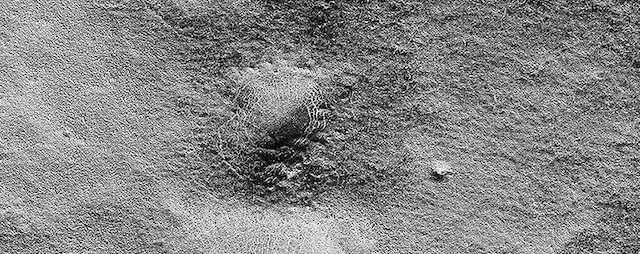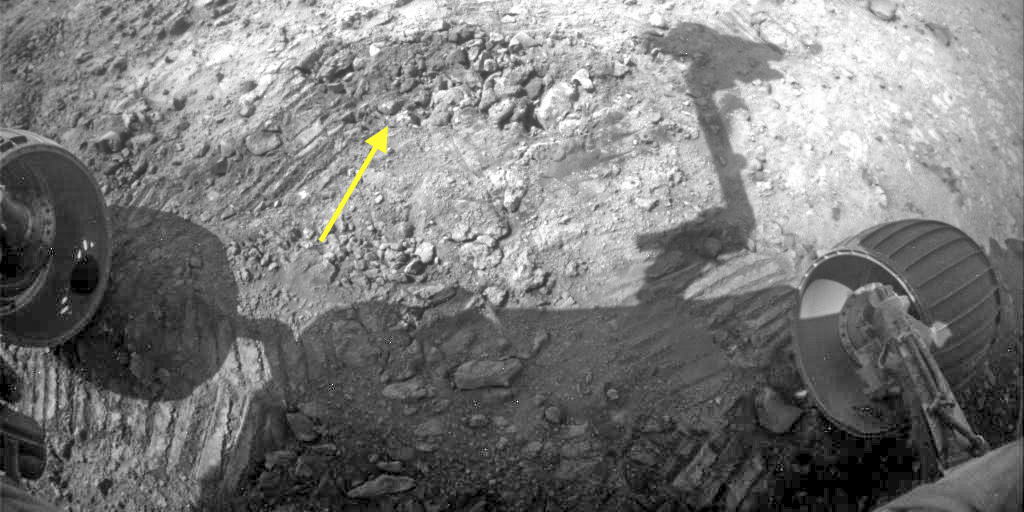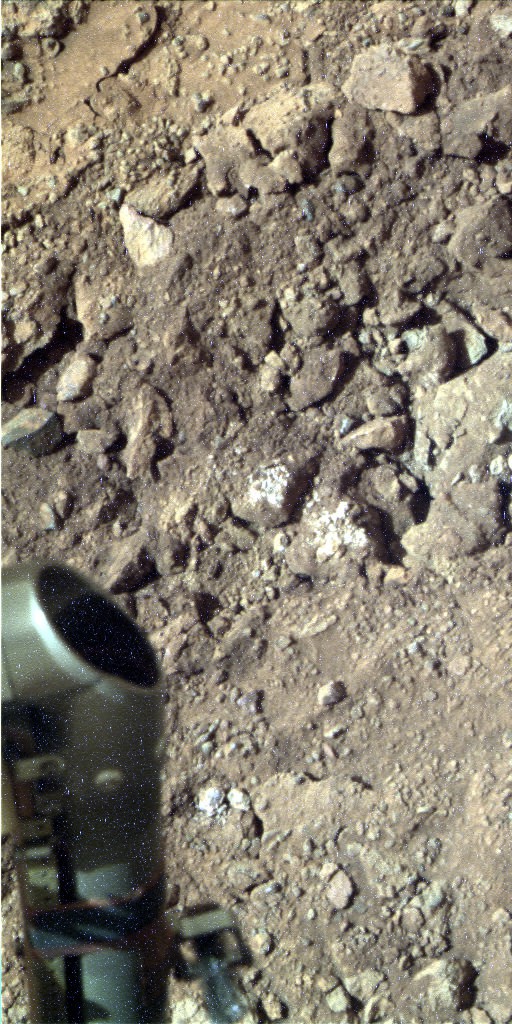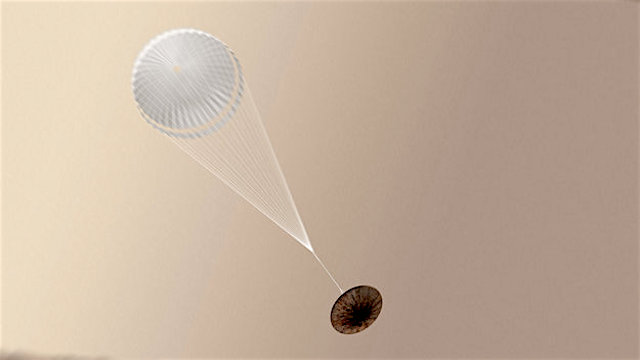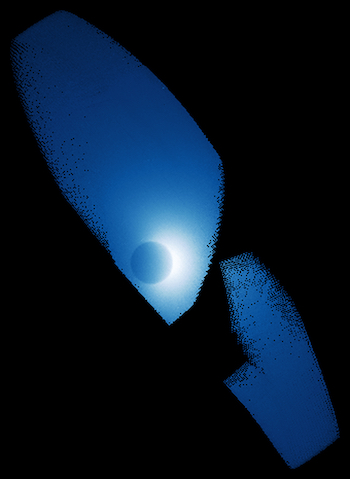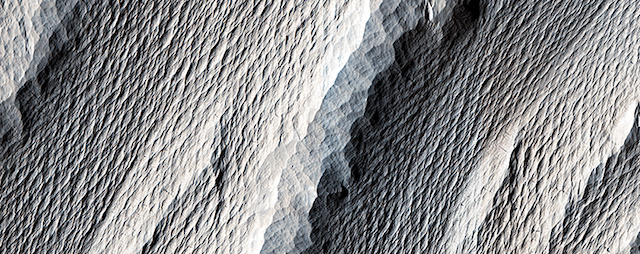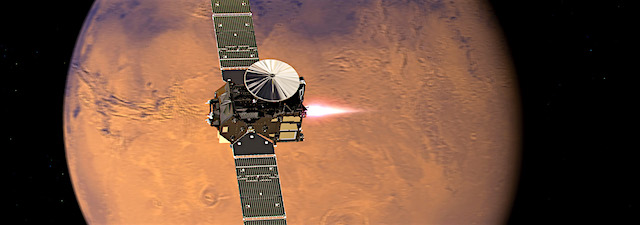
[ExoMars Twitter feed here]
The Trace Gas Orbiter (TGO) of ESA’s ExoMars 2016 has successfully performed the long 139-minute burn required to be captured by Mars and entered an elliptical orbit around the Red Planet, while contact has not yet been confirmed with the mission’s test lander from the surface.
TGO’s Mars orbit Insertion burn lasted from 13:05 to 15:24 GMT on 19 October, reducing the spacecraft’s speed and direction by more than 1.5 km/s. The TGO is now on its planned orbit around Mars. European Space Agency teams at the European Space Operations Centre (ESOC) in Darmstadt, Germany, continue to monitor the good health of their second orbiter around Mars, which joins the 13-year old Mars Express.
The ESOC teams are trying to confirm contact with the Entry, Descent & Landing Demonstrator Module (EDM), Schiaparelli, which entered the Martian atmosphere some 107 minutes after TGO started its own orbit insertion manoeuvre.
The 577-kg EDM was released by the TGO at 14:42 GMT on 16 October. Schiaparelli was programmed to autonomously perform an automated landing sequence, with parachute deployment and front heat shield release between 11 and 7 km, followed by a retrorocket braking starting at 1100 m from the ground, and a final fall from a height of 2 m protected by a crushable structure. (…)
A series of windows have been programmed to listen for signals coming from the lander via ESA’S Mars Express and NASA’s Mars Reconnaissance Orbiter (MRO) and Mars Atmosphere & Volatile Evolution (MAVEN) probes. The Giant Metrewave Radio Telescope (GMRT) also has listening slots.
If Schiaparelli reached the surface safely, its batteries should be able to support operations for three to ten days, offering multiple opportunities to re-establish a communication link…. [More at links]
 “ESA and its international team have added an important achievement to the exploration of Mars by putting the Trace Gas Orbiter into orbit around the Red Planet as a platform for science investigation and communication infrastructure,” said Jim Green, director, Planetary Science Division, NASA Headquarters in Washington. “The Trace Gas Orbiter enables ESA now to provide NASA with a UHF data relay package valuable for the upcoming Mars InSight and Mars 2020 missions. ESA will also use it for the ExoMars rover to be launched in 2020.”
“ESA and its international team have added an important achievement to the exploration of Mars by putting the Trace Gas Orbiter into orbit around the Red Planet as a platform for science investigation and communication infrastructure,” said Jim Green, director, Planetary Science Division, NASA Headquarters in Washington. “The Trace Gas Orbiter enables ESA now to provide NASA with a UHF data relay package valuable for the upcoming Mars InSight and Mars 2020 missions. ESA will also use it for the ExoMars rover to be launched in 2020.”








